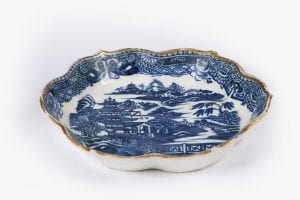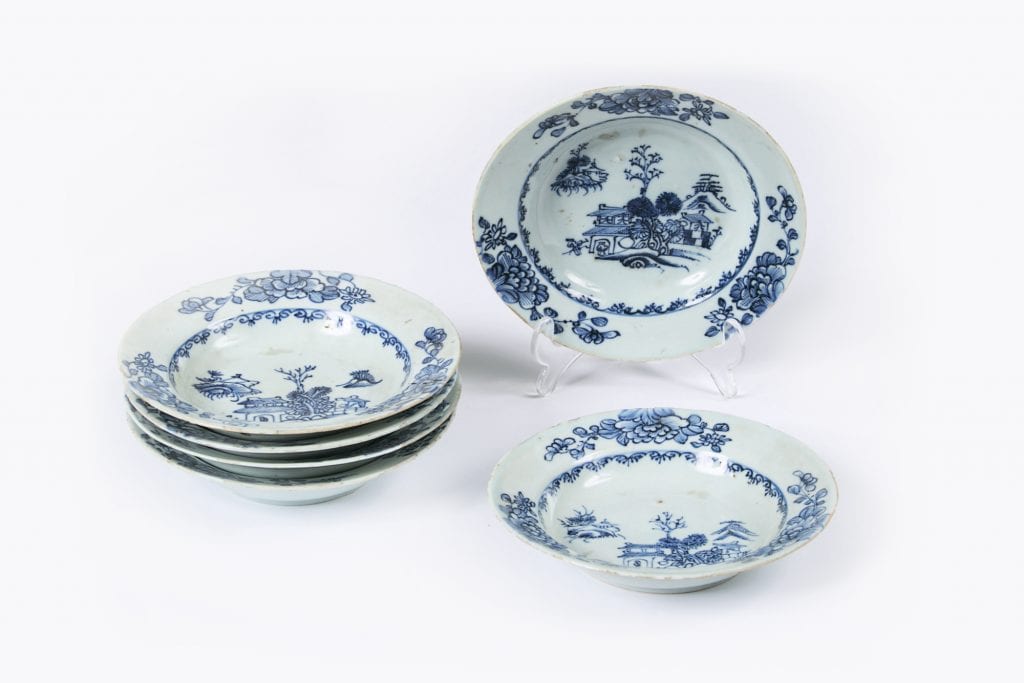Chinese blue and white porcelain is at once exquisite, exotic and utilitarian, dramatically altered Western taste at the onset of the seventeenth century. Previously the porcelain was appropriated as an occasional rare gift or as an item of a princely collection, similar to the collection of the Medici grand dukes in the mid sixteenth century. The advent of commercial trade with the West being made feasible by the Portuguese opening of the sea route in the vicinity of the Cape of Good Hope in 1498 resulted in the first porcelains decorated specifically for the Western market due to from Portugal’s direct contact with Beijing between 1517 and 1521. The establishment of a permanent Portuguese export station in Macau in 1557 initiated a defining mode that would inform the leading design repertoire of the 18th Century European ceramics factories.
The foundation of the Dutch East India Company in 1602, in direct competition with the Portuguese porcelain export market ratified the assured popular demand in Europe for Chinese porcelain due to it’s wider availability and the incredible skilled workmanship of the porcelain. The allure, uniqueness, colour and cost of Chinese porcelain ensured its immense popularity and widespread demand. The blue and white porcelains dating from this first period of Dutch trade close to the Kangxi period of 1722 is defined by a graceful balance of western silhouette and the iconography of Chinese decoration through the use of narrative scenes, symbolism of emblems, foliate and motifs. This deference to Chinese imagery in conjunction with its fine workmanship established Chinese blue and white porcelain as an inherent complement to the dining tables of the European Aristocracy of the 18th and 19th Centuries.
The image above depicts a rare collection of early 19th Century Jiaqing Qing dynasty set of six blue and white Nanjing porcelain shaped dishes of circular form, the outer rim with floral motif, the centre depicting sharawadji landscape scene with figures, houses, foliage and mountain detail. I have also included another rare and striking piece of Chinese porcelain from our collection for you to view.

A rare late 17th Century Kangxi Qing Dynasty blue and white willow pattern Nanjing porcelain teapot stand of circular form with naturalistic shaped rim depicting geometric pattern motif, the central reserve depicting sharawadji landscape scene with dwellings, lake, boat, foliate and mountain detail.
Please browse through our website to see some other fine samples of antiques in both our Dublin and New York Galleries.

